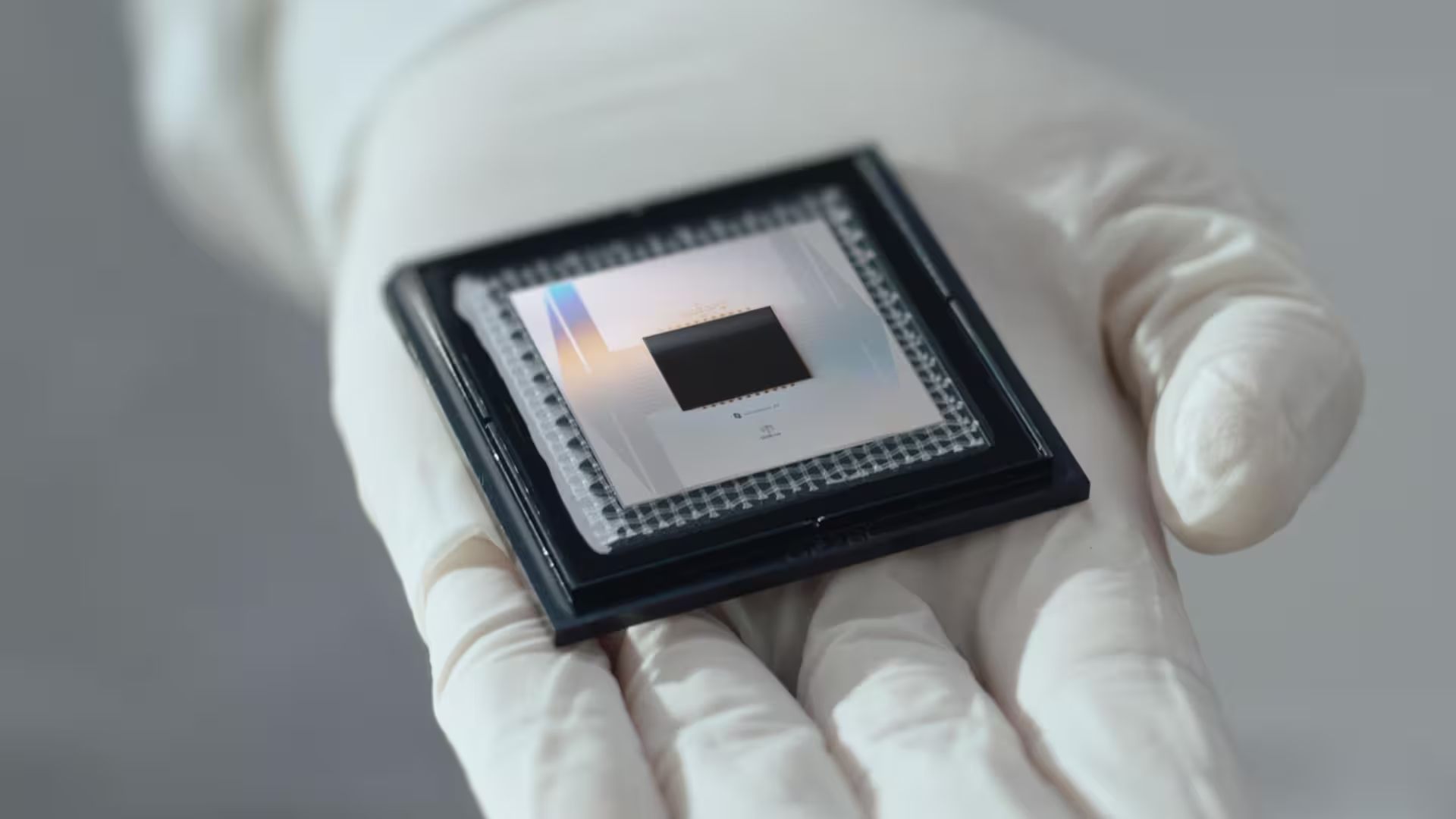3 Minutes
Google's Quantum AI team has introduced Willow, a 105-qubit superconducting processor that the company says outperforms today’s fastest supercomputers for specific calculations—by a factor of roughly 13,000. Published in Nature, the result is being billed as one of the clearest demonstrations of quantum advantage in a practical experiment.
Beyond a headline: what Willow actually did
Willow ran the Quantum Echoes algorithm, a test designed to probe quantum chaos and the complex dynamics of many-body quantum systems. Unlike Google’s 2019 Sycamore demonstration—which targeted a highly specialized random-sampling task—Willow’s run maps more directly to scientific use cases, such as simulating molecular structures and electronic interactions with higher fidelity.

According to the team, each of Willow’s 105 superconducting qubits can occupy superposed states and become entangled, letting the chip explore an enormous set of possibilities in parallel. The hardware achieves extremely low error rates: single-qubit gate fidelity around 99.97% and two-qubit entangling operations near 99.88%, both crucial for limiting accumulated errors as circuits grow.
Why researchers are excited (and cautious)
Michel Devoret, one of the project’s lead physicists, described the processor as evidence that engineered electrical circuits can act like “artificial atoms,” opening a laboratory for studying atomic-scale interactions without some of the usual approximations. That’s more than marketing talk: higher fidelity and stronger entanglement mean quantum devices can tackle simulations that classical systems struggle to model efficiently.
Practical implications could be significant. Better quantum simulations might accelerate drug discovery by modeling chemical reactions more accurately, speed up materials research for next‑generation batteries or superconductors, and eventually improve certain AI optimization tasks with far less energy. In short: this isn’t just a benchmark—it’s a hint at real-world workflows quantum machines could transform.
What still stands in the way
Despite the milestone, major engineering hurdles remain. The community agrees that moving from noisy physical qubits to large-scale, error-corrected logical qubits is the toughest challenge ahead. Scaling, thermal management, and fault-tolerant architectures all need breakthroughs before quantum computers become general-purpose engines.
Still, Willow represents a meaningful step: a reproducible, peer-reviewed experiment showing hardware that can produce verifiable, useful results. For researchers and industry watchers, it’s proof that quantum platforms are moving from curiosities to credible tools worth building on.
Source: gizmochina


Leave a Comment